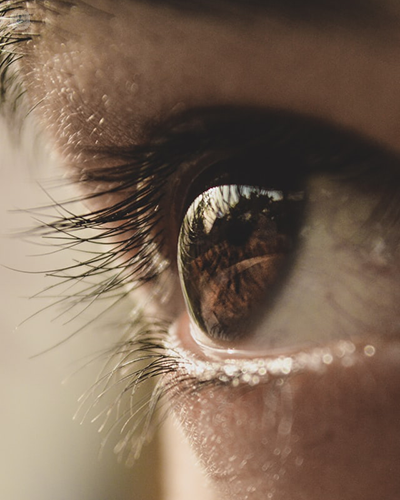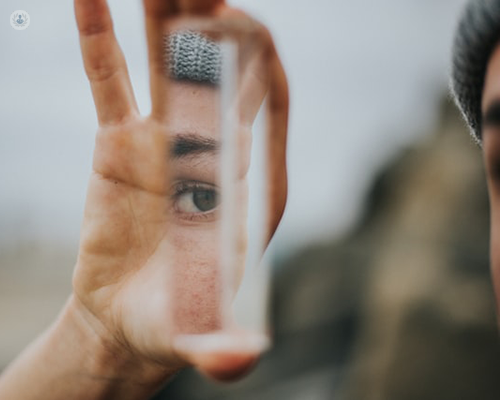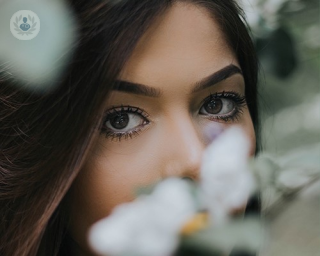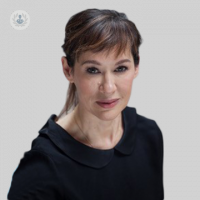Stye
Mr Richard Scawn - Ophthalmology
Created on: 04-06-2016
Updated on: 06-05-2023
Edited by: Jay Staniland
What is a stye?
A stye is the result of an inflammation on or inside the eyelid or around the eye. It is a red, hard and painful lump originating from the eyelid’s sebaceous glands or from the eyelashes’ follicles.

What are the symptoms of a stye?
The symptoms of a stye include a painful lump which grows more and more red, lacrimation (tears) and, sometimes, a scratchy sensation on the inside of your eyelid. The signs of a stye on the outer eyelid are caused by bacteria attacking the follicles, thus accumulating pus. If you do not have treatment early on, the infection may evolve into a chalazion (a type of cyst).
How is a stye diagnosed?
In order to diagnose it, your doctor will simply take a look at the infection to determine what stage it has reached.
What causes a stye?
A stye originates from a bacterial infection, mainly from the staphylococcus bacterium, which penetrates into the eyelashes’ follicles and causes an infection of the sebaceous glands. The bacterium is transmitted by direct contact: the simple act of touching your eyes can be enough.
Styes can also be caused by eye make-up as it can block the oil gland near the eye lashes and becomes infected. Stress and insufficient sleep as well as hormonal changes can also lead to styes. Patients suffering from blepharitis ormeibomitis or other inflammatory diseases of the eyelid are more likely to develop styes.
How can styes be prevented?
Avoiding infection involves proper eye and facial hygiene and refraining from touching your eyes excessively. It is also very important to pay attention to proper hand hygiene and to change hand towels as frequently as possible. If you wear make-up, remove it completely before going to bed. You shouldn’t share any eye cosmetics. Make sure you replace your eye make-up regularly.

How are styes treated?
Most cases of styes usually resolve on their own after seven to ten days. From the moment the stye bursts open and starts releasing the pus, it will heal on its own. However, you should remember not to touch or try to burst the stye open yourself, because this could further aggravate and spread the infection.
In order to help the stye heal, you could apply warm compresses on your eyelid. If the infection has been going on for a long time, you could also use a macrolide antibiotic-based ophthalmic ointment which should stop the bacteria from spreading. For more severe cases, the doctor may decide to remove the eyelashes closest to the stye, so that the pus is released more easily.
How should you care for the eye when you have a stye?
It’s important to avoid touching the area as much as possible as it is possible to make the infection worse or even to spread the bacteria to your other eye. You also should not try to pop or squeeze the stye but rather let it burst on its own. Keeping the area clean, avoiding make-up, eye creams and using contact lenses is also advisable.
What type of doctor treats a stye?
Specialist ophthalmologists treat styes.







